Ready or Not is a graphic novel that isn’t quite what you think it will be. The cover shows a group of four upper-teenage friends on the roof discussing and looking like the typical teens who might have just graduated from high school. One of them is even wearing a beanie in early August, which is a fashion statement for the only 17-year-olds or those who can’t discern when their body temperature is uncomfortably hot and if only there were something simple that they could do like remove a wool cap. Now get off of my lawn. Ready or Not is an example of the graphic novel as a communication device for high school readers who need to see that people are just like them. Other teens, even ones that are shown in a graphic novel, but are in their same generation, will empathize with the characters and hopefully apply those lessons to themselves.
high school teen Breakfast Club JamUncle Sam: Special Election Edition, a searing, timeless graphic novel
There’s something special about a book being out of print for a while. The classic animated Disney films used to go “in the vault” and then had a big hoop-de-do when they could be viewed again. Uncle Sam: Special Election Edition was out of print for over a decade. The only way to get your hands on it was to find the original two-issue comic book miniseries from 1997 or the graphic novel that followed its release. The 2024 presidential election is nigh and Uncle Sam: Special Election Edition is as pointed and aware as it was when it was originally released. It’s a beautiful, paranoid fever dream of a graphic novel that sears its way through the political spectrum leaving both sides wondering what went wrong with modern America.
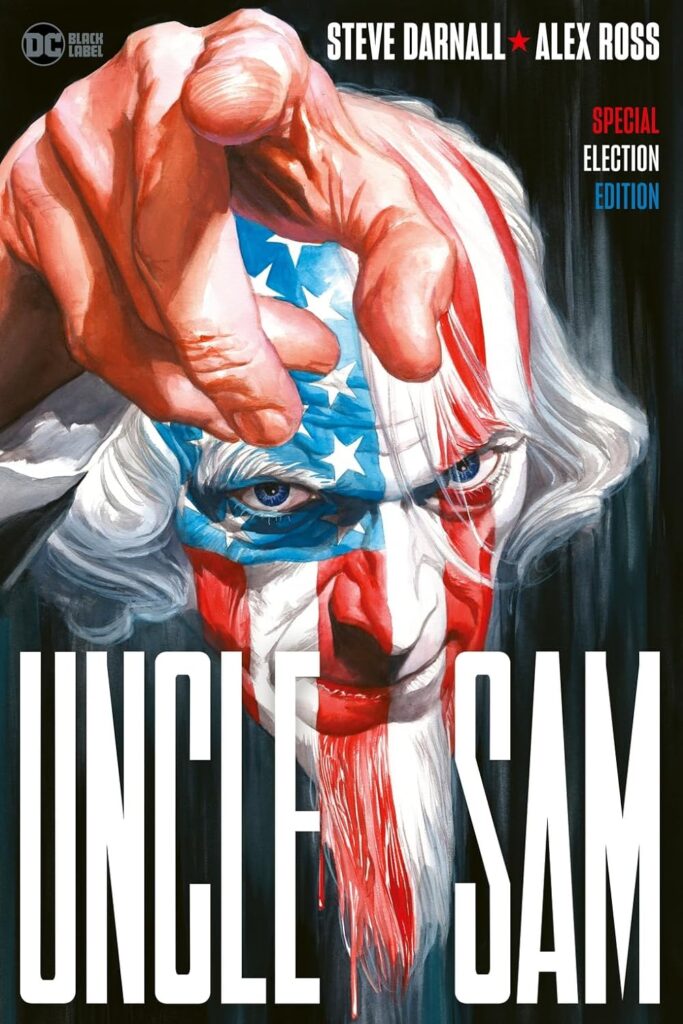
Exoplanets, STEM that reaches wide from elementary to high
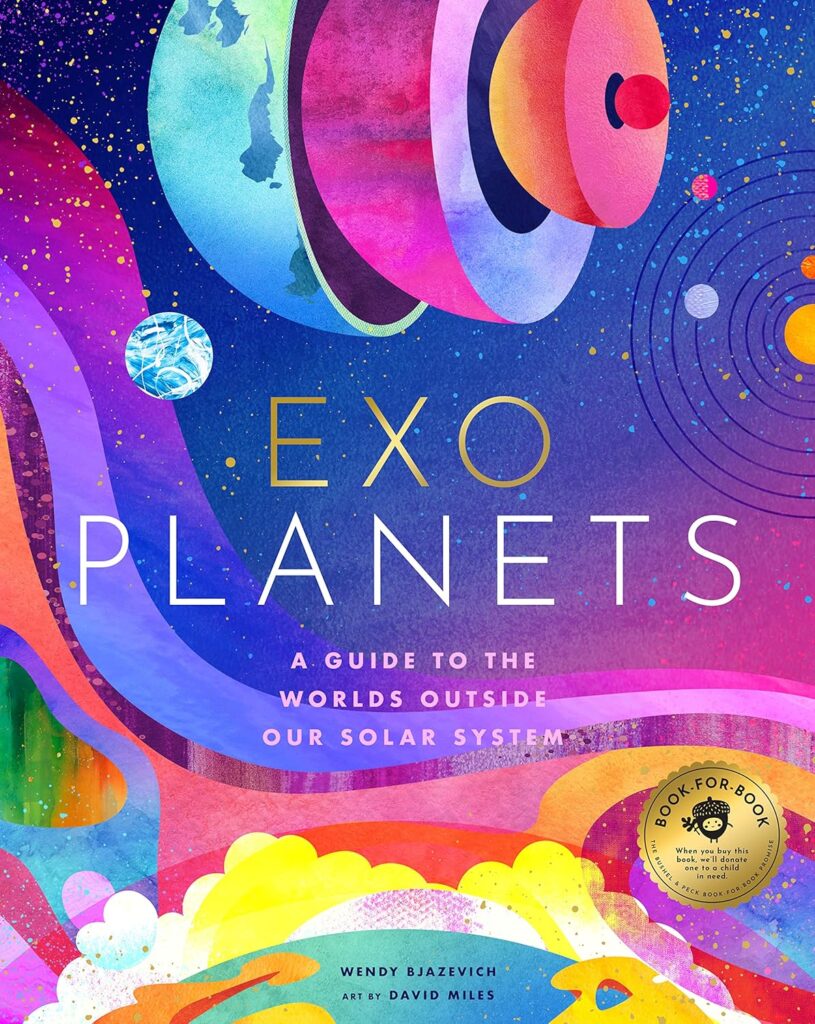
Somehow or another, Exoplanets: A Guide to the Worlds Outside our Solar System snuck past my review radar. Oh it landed in our office, but it gravitated towards our reference books and not in the ‘new’ books to review area. Exoplanets prematurely made its way into our ‘forever’ book stack, instead of the working book column that gets cycled through and written up. It certainly would’ve helped had we read Exoplanets when it was initially released because at that time we were planning our 2023 Dragon Con interviews. At that event we chatted with a handful of scientists researching conditions on various planets and the propulsion methods that astronauts would use to get there. Even though Exoplanets is an illustrated book, a medium that’s stereotypically thought of as a children’s book; it’s testament to the equally correct belief that just because the book is intended for children, it can reach far beyond its target audience.
Space, the frontier is calling you.Welcome to Camp Snoopy is Peanuts lit for the Apple TV+ and more
We don’t have Apple TV+. It’s nothing personal against the streaming giant; it’s just that we can’t have every platform because that would nullify any savings that we earned from cord-cutting. However, if I were in early elementary school, and had control over the streaming options in our house, Apple TV+ would certainly be in the first two because of Camp Snoopy. Welcome to Camp Snoopy is a graphic novel compilation from Camp Snoopy, the aforementioned show. It’s a collection of short stories, lessons, and vignettes that the campers encounter during their stay at summer camp.
We’d buy snippets of Snoopy’s backpack lintDead Girls Walking is YA horror that fails to kill
Stop me if you’ve heard this one before, good marketing and not judging a book by its cover walk into a bar. Marketing assures the book that the issues impacting its wider enjoyment will be mitigated by the niche appeal and box-checking demographics. After all, an mglit book whose main character is going to a queer, horror-obsessed overnight camp for girls is ripe for crossover appeal. Toss in the fact that the author is a Black queer horror writer who is inspired by the culture’s relation to the supernatural. Alas, this is where I need to stop all but the most devout readers who read books by their sense of obligation, as opposed to their overall enjoyment, and put forth that this is not the horror book that the masses are looking for.
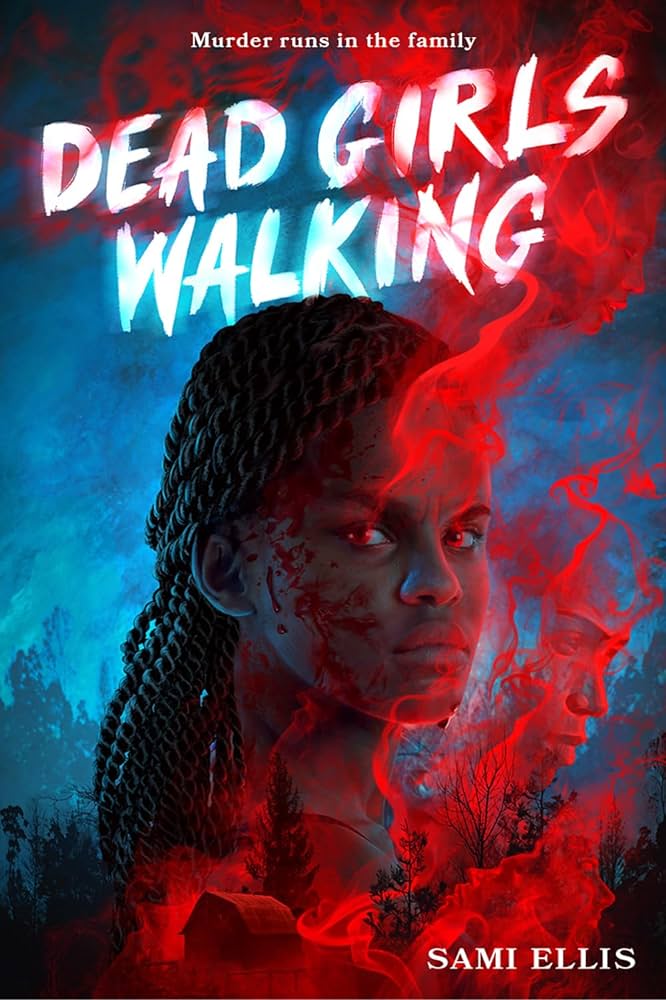
Little Mouse’s Encyclopedia, intersects entertainment and learning
There’s something about the cover to Little Mouse’s Encyclopedia: A Picture Book About The Wonders of Nature that perfectly translates how easily the book can cross over to different ages and cultures. It’s from the perspective of a little mouse, albeit a very intelligent one, who is exploring the things around her burrow. All the while a narrator is providing some expository comments as to why she’s doing things, in addition to offering smarter-than-expected facts about the flora and fauna that the mouse encounters on daily basis.
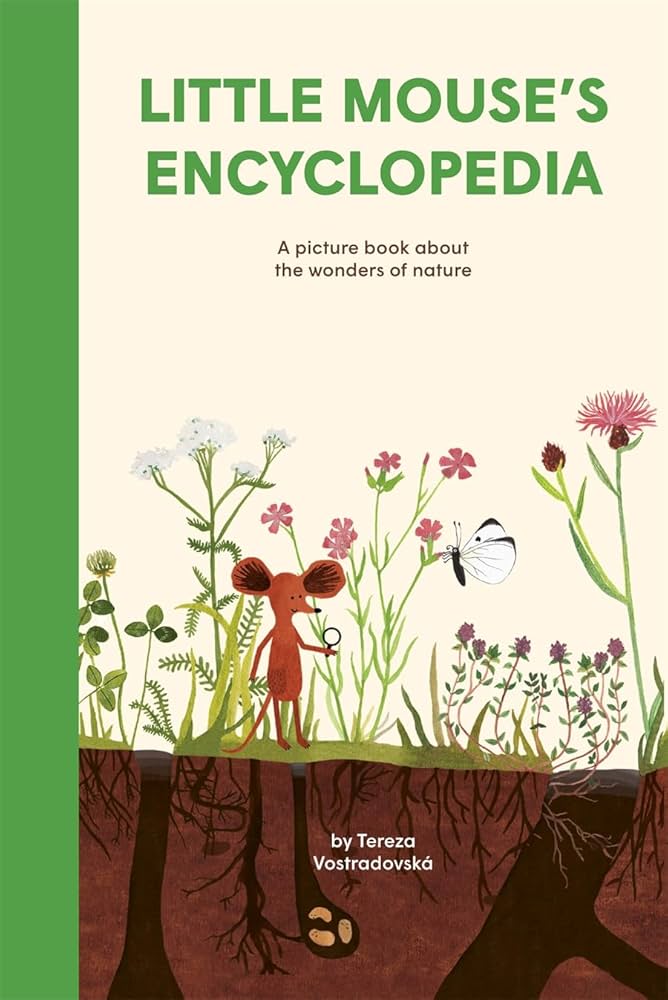
Snoopy’s Beagle Scout Tales, effortless charm in any season
When I was a child Peanuts was my go-to reading jam. It was the gateway cartoon strip that made me learn to love reading, built up from that, but never left the rearview mirror, and has always been somewhere in my pop culture Venn diagram. Wherever I’ve travelled it’s been like that too. Snoopy, Woodstock, and to an extent, all of the characters from Peanuts have a warm place in society’s heart. The Peanuts brand is still producing great, new stories that will entertain existing fans and will bring the magic of a happy yellow bird to new audiences. Peanuts Graphic Novels has a collection of summer camp-themed stories called Snoopy’s Beagle Scout Tales that will do just that.
Timeless, yet new, with some classic bits tooThe Vanquishers: Secret of the Reaping, redeeming vampire mglit sequel
It’s great when the second book is a series is better than the first. Don’t live life in the rear-view mirror, keep pressing on with the pedal to the metal and tell your story. The Vanquishers established its roots as mglit vampire with a family and historical twist. The new generation of vampire slayers and their training had been dormant because the vampires had either called a truce or gone the way of the dodo. In Secret of the Reaping, the dual-fanged creatures are back, getting bolder and the history of the group might have something to do with it. Much to the enjoyment of upper-elementary through middle school students, the sequel zips along at a quicker pace with more action than its predecessor.
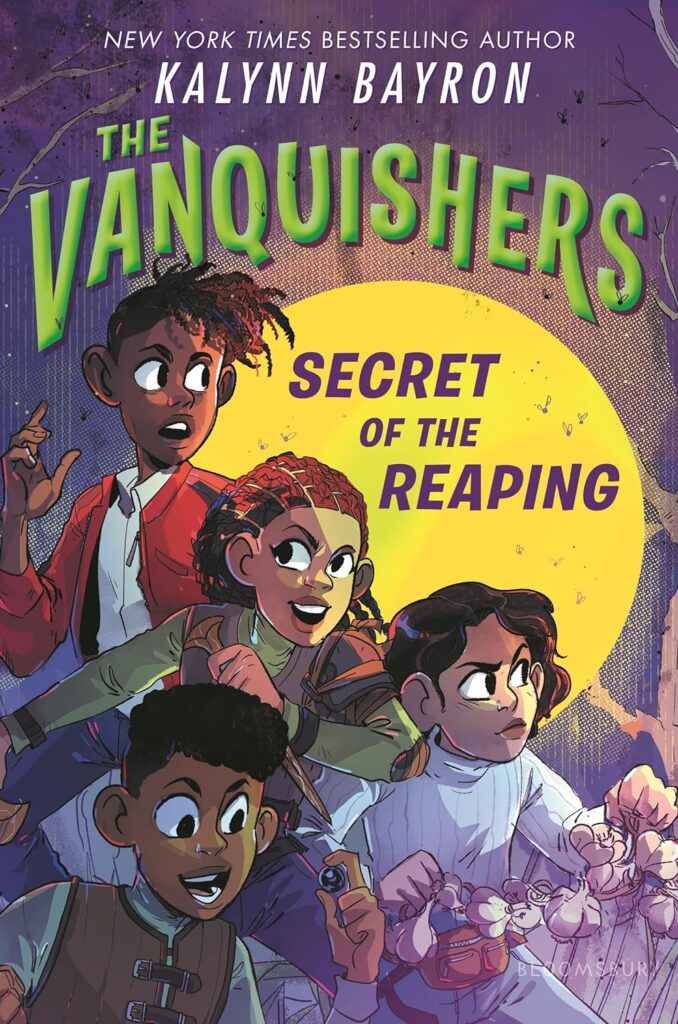
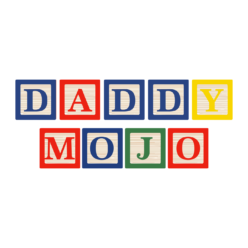
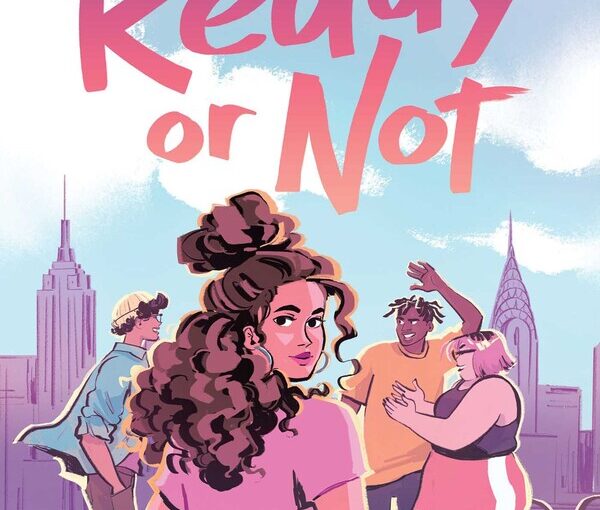
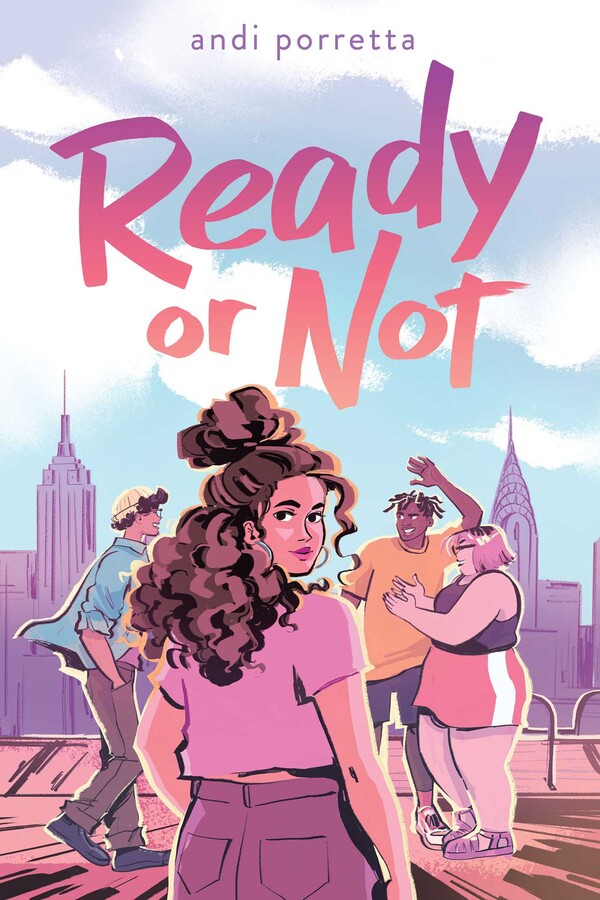

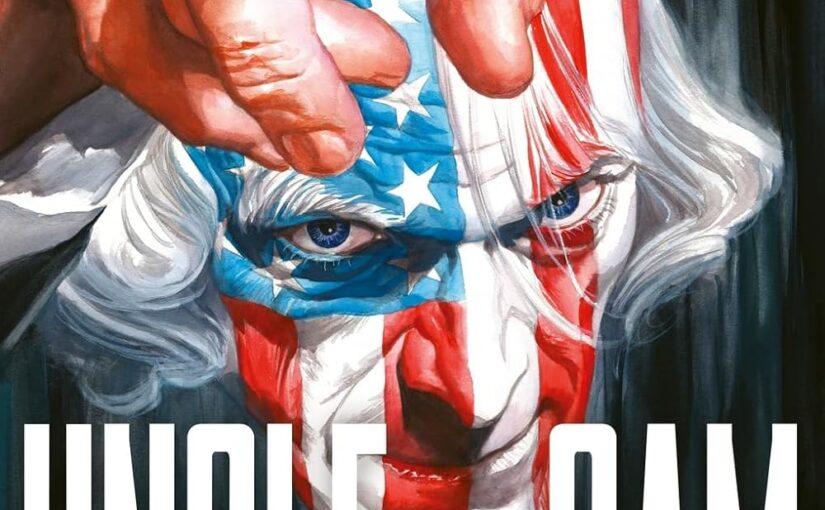
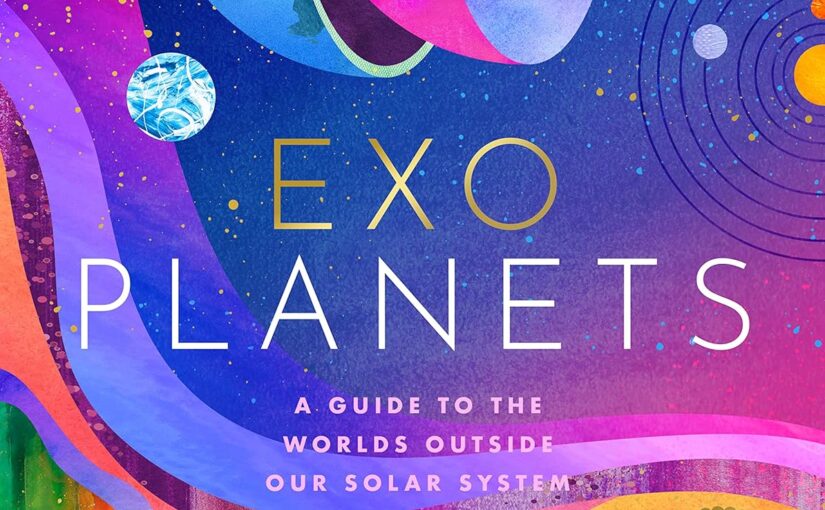
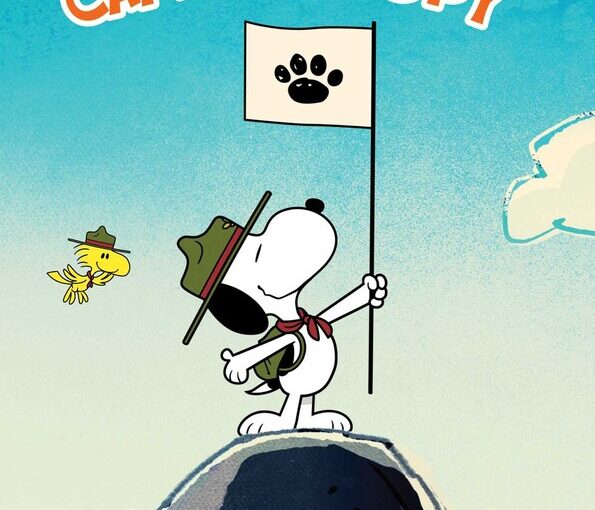
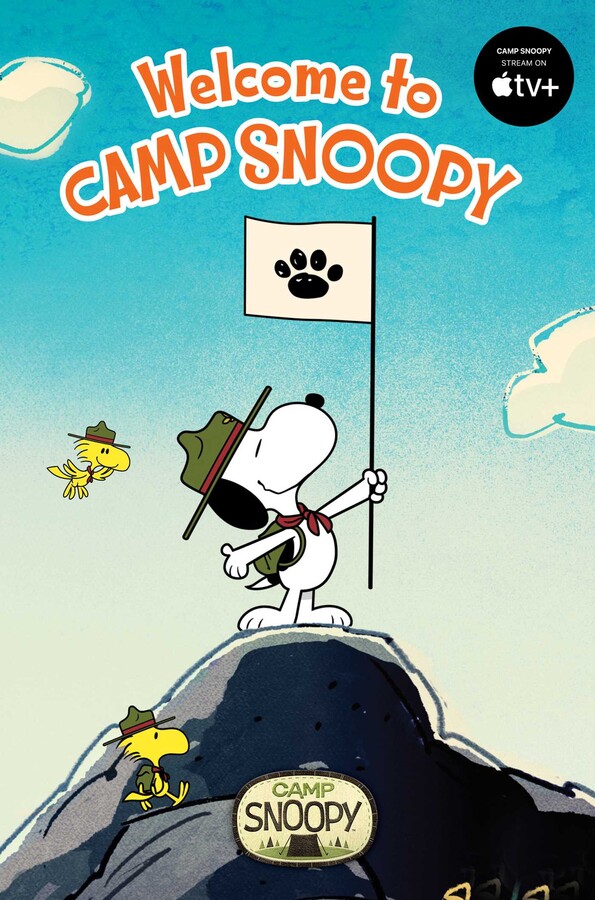
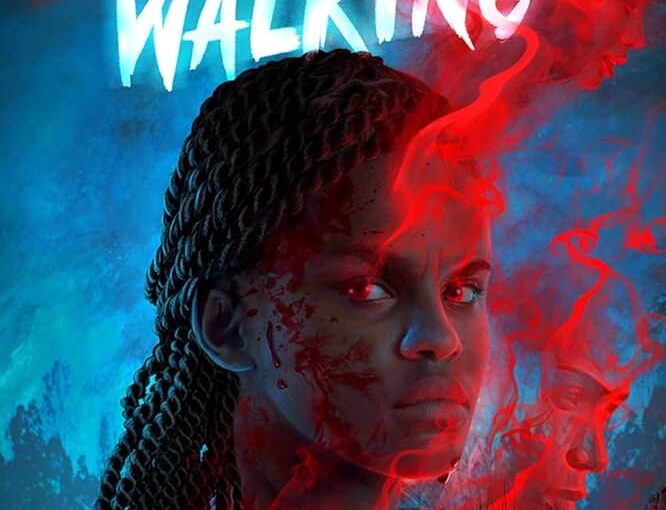

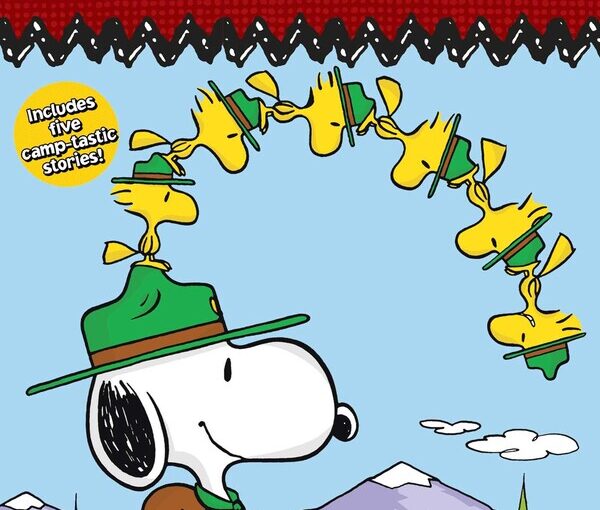
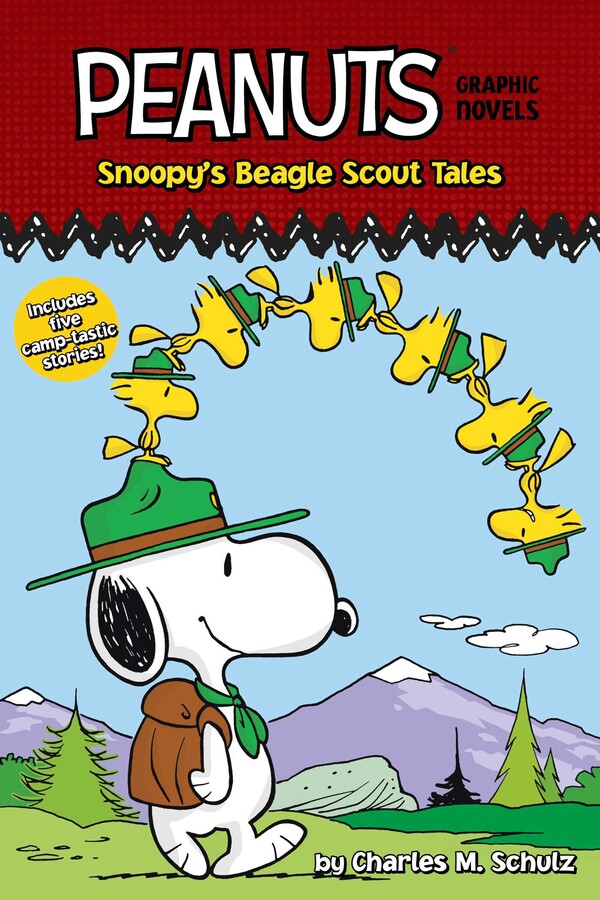
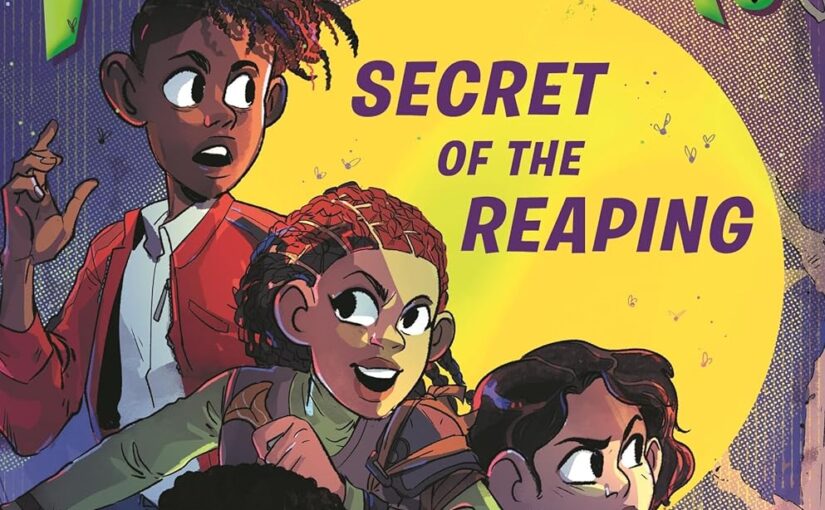


 Facebook
Facebook Twitter
Twitter Flickr
Flickr GooglePlus
GooglePlus Youtube
Youtube